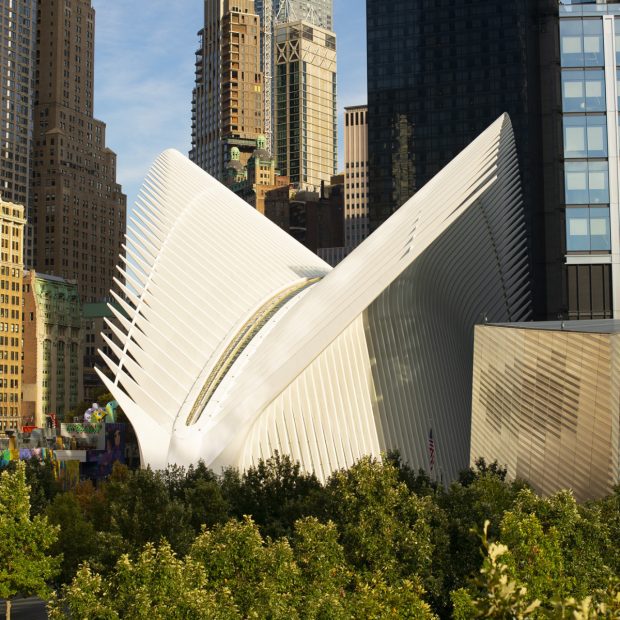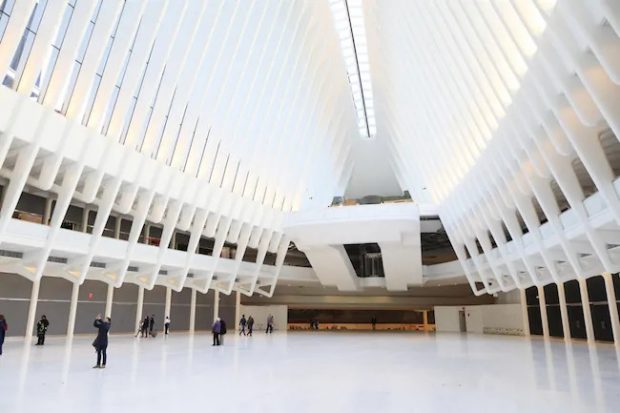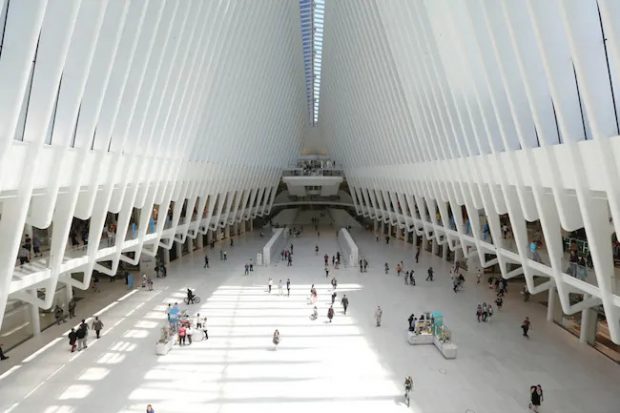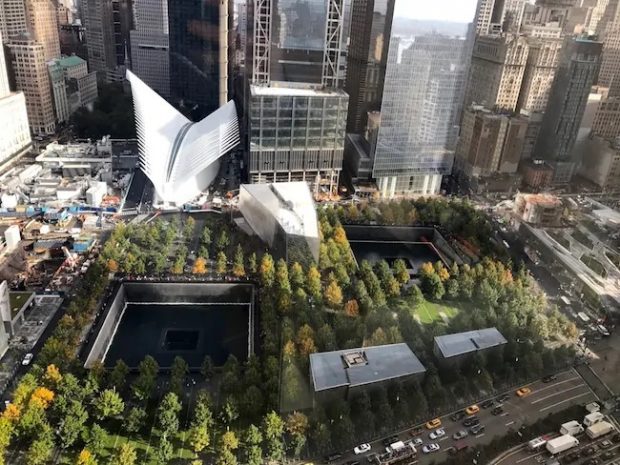
In the nearly two decades since the 9/11 terrorist attacks, architects from around the world have worked hard to rebuild what previous times destroyed. Instead of recreating what once existed, many creative minds have chosen to come up with new designs. It shows respect for the earlier structures and especially those who lost their lives in the 9/11 attacks.
This architectural approach is evident in the renovation and reconstruction of several buildings. While many structures in the area were affected, the distinctive twin towers of the World Trade Center were completely destroyed. In addition to the two towers, office buildings, a hotel, and the World Trade Center Station, a traffic junction in the heart of the area, died.
READ: 16 Curious Facts About One Vanderbilt in New York: You Will Be Surprised
The metro station was put back into service. However, this important train station as we know it today is not being opened to the public again until 2016. In addition to the underground facilities, this completely new station includes a glass and steel structure called the Oculus. This light-filled space, designed by the famous Spanish architect and civil engineer Santiago Calatrava. It is said to resemble a bird “flying out of the hands of a child”. This adds a sense of hope to a place of tragedy.

The Oculus is the main building of today’s World Trade Center Transportation Hub. The terminal of the Port Authority Trans-Hudson (PATH) system is also here. It’s an area of 75,000 square meters. This area offers a mezzanine floor, retail space, and access to the four underground platforms of the station.
See also Grand Central Terminal: Secrets, Tours, Markets
In addition to this interior space, the Oculus is popular for its white, sculptural entrance area. These rooms form a perfect balance between functionality and aesthetics. It’s one of the main concerns of Calatrava when designing the system.
Calatrava’s focus on form, space, and light is evident throughout the design of the Oculus – both inside and out.
Inside the Oculus, a beautifully lit main hall awaits visitors. In addition to the bright white color scheme, this area feels particularly light and airy. Thanks to its special skylight, which fills the room with sun rays on cloudless days.

From an architectural point of view, this lighting is an important element. It illuminates the room in an aesthetically pleasing manner. Their intent goes beyond functionality, however. It takes on a symbolic task.
Every September 11th at 10:28 a.m. – that is the local time when the second tower collapsed. The sunlight shines through the skylight and illuminates the central axis of the main hall. This particular alignment of the sunlight is possible because the building was aligned slightly offset from the rest of New York’s street network.
Calatrava describes this phenomenon as a “sense of the cosmic” and states that it is the most important element of the building itself. So it’s no wonder that he decided on the name Oculus. In classical architecture, an “oculus” refers to an opening that offers a view of the sky.
It’s not just the inside of the Oculus that is full of symbolism. On the outside, a structure made of steel ribs and glass panes forms a pair of wings with an enormous span that points in the direction of the surrounding skyscrapers.
Calatrava saw these surrounding skyscrapers as inspiration – not just in terms of size. With buildings like the Brooklyn Bridge, Grand Central Terminal, and the Schwarzman Building of the New York Public Library in mind, the architect wanted to create a building that would benefit the public for years to come.
When planning a site-specific building, architects must always consider the local landscape. With the Oculus, this wasn’t just a view of the surrounding buildings, Calatrava also had to take into account that the room was on Ground Zero.
READ: Dubai Currency: Useful Information for Tourists
So it was the architect’s task to create an emotional relationship between his building and the place where it is located. This consideration is shown in the bird-shaped entrance and in the targeted lighting, both of which can be understood as a sign of hope in the face of the devastation.

The Oculus has been open for five years. The building serves its purpose for a large number of commuters who change or disembark at this station every morning and every evening. It relates the terrible past of this place to the hope for a better future that the American people – especially New Yorkers – felt after the terrorist attack. It peacefully honors the dead of 9/11 and offers visitors to the city a worthy place to commemorate the victims of terror.
Oculus is a modern masterpiece of architecture and should not be missed when visiting Ground Zero.
Like us on Facebook for more stories like this: